House Diary: Yule
[Cover Photo: An early winter sunrise bathes the landscape in pinks and purples]
Yule is the Norse term for the Winter Solstice, the shortest day of the year in the Northern Hemisphere, a time of hope as we draw the old year to a close and begin anew. Although most pagans have adopted this name for the holiday, humanity has celebrated this return of the light for millennia, under different appellations in cultures across the globe. The Romans brought in live oak and other evergreen plants, gave gifts, lit candles and celebrated the festivals of Mithras, God of Light, or Sol Invictus, the Unconquered Sun. In Celtic lands where winters were colder, huge bonfires were the order of the day, sympathetic magic to encourage the sun’s return. The Yule log tradition stems from the bringing indoors of a large section of tree trunk, estimated to be enough to burn for a full twelve days, a period of annual feasting as the old year died and was reborn into the new. Stone markers, from monoliths to the extravagant display of Stonehenge, were created to mark the exact moment of the light’s return.
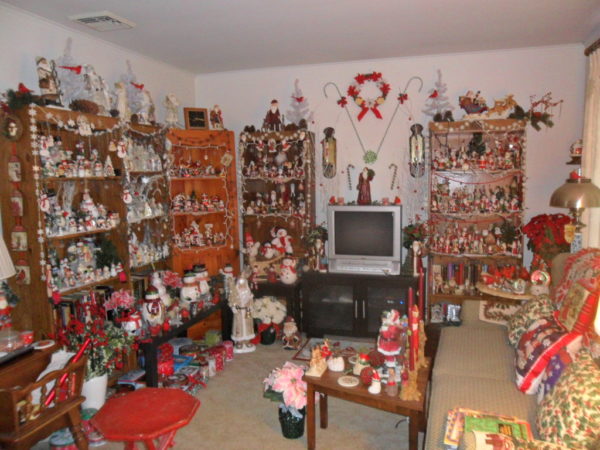
Santa Claus has become the modern representation of the season in many Western cultures but has counterparts the world over. His name is derived from Nicholas, a Fourth Century Bishop of Myra, Turkey, later canonized for his charitable works; in Dutch, the name is rendered as Sinterklaas, and early settlers to New Amsterdam (now New York) brought his story, which in time became Americanized as Santa Claus, our patron saint of commerce.
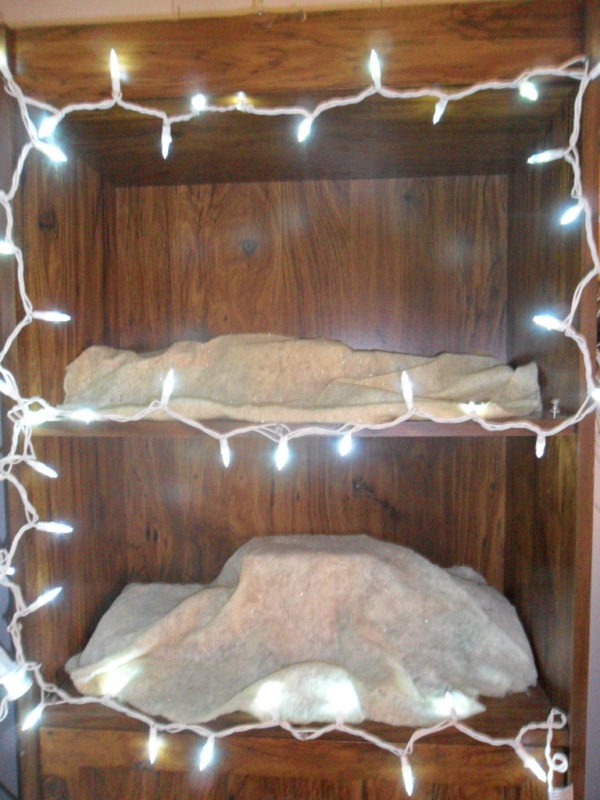
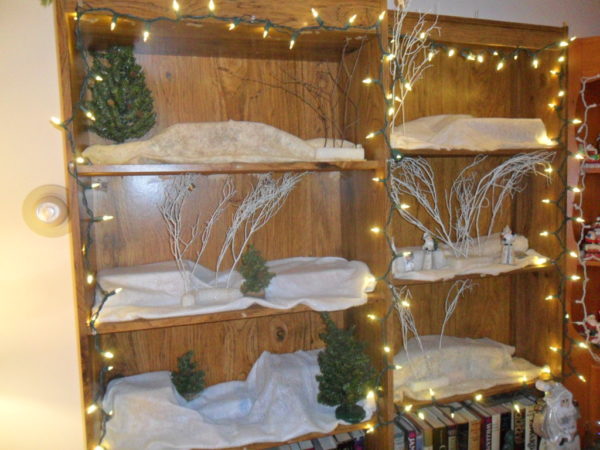
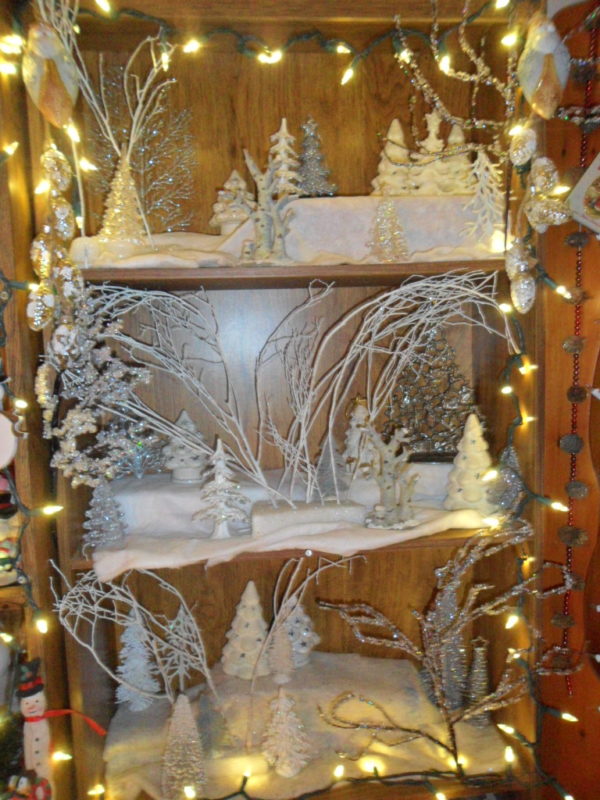
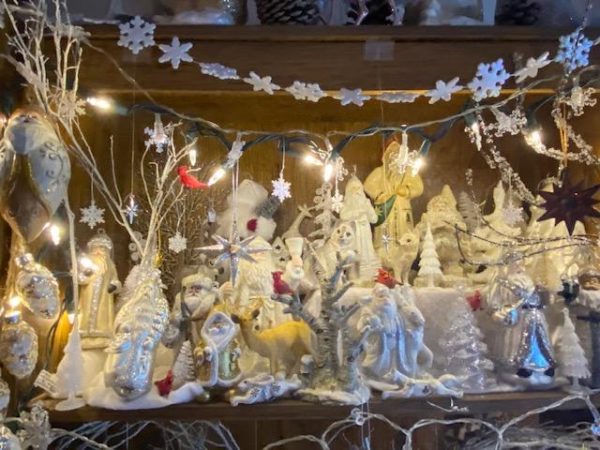
But many of Santa’s attributes stem from pagan tradition, such as his flying sleigh, reminiscent of Odin’s magical flying eight-legged steed, Sleipnir, upon which he took his nocturnal rambles. Like the much later Santa, Odin would also deliver toys and candy for good children who would fill their boots with straw for Sleipnir, then set them by the hearth. Odin would slip down the chimney to retrieve the straw, leaving his gifts behind. Sound familiar? Swap each of Sleipnir’s eight legs for a flying caribou, carrots for straw and stockings for boots, and you have Santa!
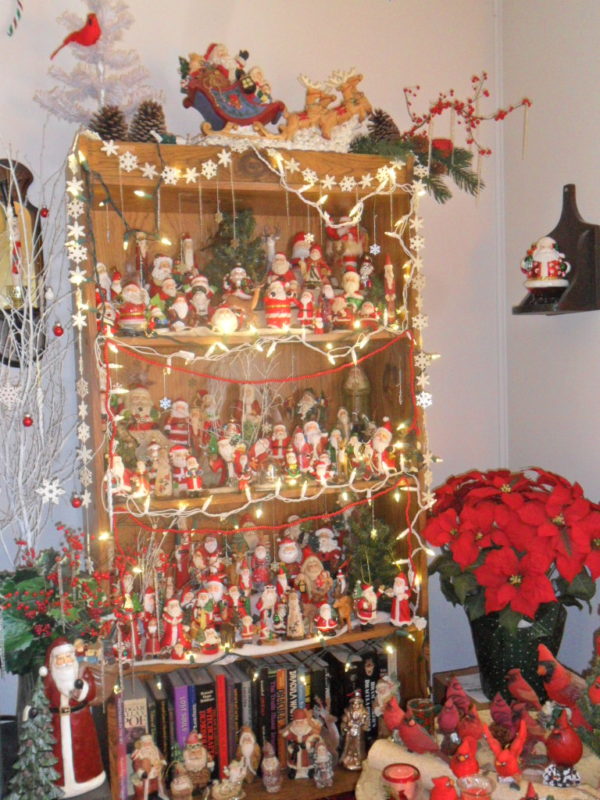
Truly, there is nothing original. At least half a dozen pre-Christian pagan deities in the Mediterranean basin were born of a virgin mother and a divine father, some of them in caves used to shelter livestock, others with local shepherds in attendance, or angelic choirs singing on high. Jesus of Nazareth’s origin story owes much to these earlier mythic incarnations, and his birthdate (which is not given in the Bible) was consciously chosen to co-opt the Saturnalia, the biggest festival in Rome at the time.
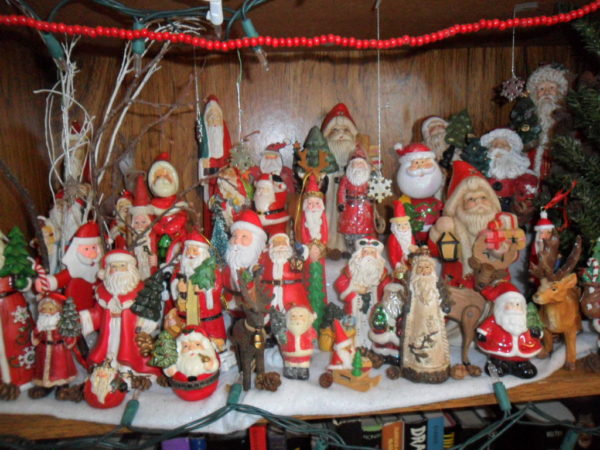
For me growing up in a fundamentalist Protestant household, Christmas was a supremely magical time, but I always gravitated to the more pagan elements than the story of the Christ Child (and by the way, Santa’s alter ego, Kris Kringle, is a corruption of the German “Kristkindl”, “Christ Child”, providing a direct link between folklore and theology). Every Christmas Eve, while all other lights were put out, I allowed the electric candle in my bedroom window to burn all night, so Santa could find his way. Not until dawn streaked the eastern sky would I extinguish it, and then go immediately to wake my parents, to see what Santa had brought. It’s a tradition I continue to this day (minus the parents, of course!). I also hung a bell ornament with a knocker on the lowest branch of the Christmas tree, so Santa would ring it and awaken me as he slid his presents beneath it, allowing me to catch a glimpse of him. I never did see the Jolly Old Elf himself, but one year, I thought I heard his reindeer on the roof.

And of course decorating and baking has always been an important part of the holiday. I remember how I would streak home from the bus stop on the appointed mid-December afternoon to help my mother trim the tree, one of the highlights of my year. This we had invariably hiked into the hills of a local Poconos tree farm to select and “tag” in September, returning after Thanksgiving to retrieve our honored guest, who then sat in a bucket of water in the cool garage, awaiting its moment to take the stage. As we strung twinkling white lights, beaded garlands and carefully preserved ornaments on its branches, and drizzled silver tinsel over their tips, we played Perry Como, Johnny Mathis and Andy Williams Christmas albums on the phonograph, singing along with favorite tunes. Christmas was the one holiday when my mother would decorate throughout the house, if sparsely (though I always agitated for more at Halloween!), and for many years my father would also cover the foundation plantings under the bow window with those classic huge bulbs, shining brightly in their multicolored tackiness.
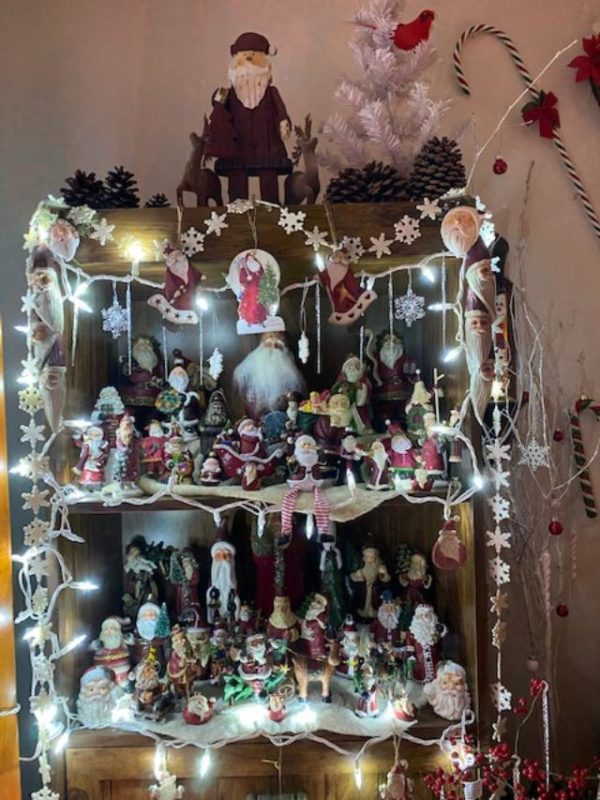
As a budding set designer, I also helped my grandmother decorate her tree and mantle, with a vintage nativity scene from the ‘20s which I still possess (though no longer display, since my father’s death). She also had a small “putz” (pronounced like “puts”, not “puhts”, as in the Yiddish term for “idiot”), which is a miniature Moravian village or biblical scene; hers became the spiritual forebear of my own rather more extensive Yule Village. My family wasn’t Moravian, but Nazareth was, and my grandmother and other family members happily adopted the tradition of their neighbors. Going house-to-house, singing carols and viewing these displays, was a common yuletide pastime in my youth.

Baking began about a week earlier, in early December, and was something I also helped my mother with, though much of this was done while I was at school. Chocolate chip and oatmeal raisin cookies, rather everyday fare which my mother never seemed to get around to the rest of the year, were supplemented with festive holiday favorites such as Russian tea cakes, white balls shedding powdered sugar everywhere; “Rocks”, a drop cookie littered with chopped nuts and dates; and the press cookies – almond-flavored offerings dyed pink and green in seasonal shapes of poinsettias, wreaths, and trees, or peanut butter-flavored camels, and orange-flavored cream cheese-dough stars. My mother never made cutouts, I think intimidated by her mother, who was a past master of the art, with cookies so thin you could almost see through them, but nana always made plenty to go around.

It seemed there was always snow for Christmas when I was a kid, and sledding, building snowmen and snowball fights were favored activities. But the premiere event of the season was the post-church-service drive to Bethlehem, ten miles south, to see the lights. Bethlehem, Pennsylvania isn’t called “the Christmas City” for nothing; from private displays to civic decorations, Bethlehem was a blaze of light in those days, with the piece de resistance a huge ninety-foot lighted star atop South Mountain above the city, erected in 1937 and visible for miles. On clear nights we could even see it from home, a bright dot on the deep black horizon.
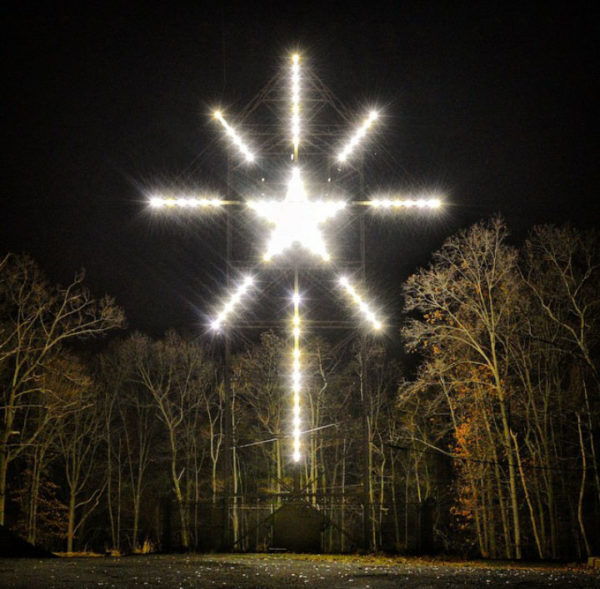
Since finding paganism in the late ‘80s, my celebration has shifted a few days earlier, from Christmas to the Winter Solstice on December 21st, the real “reason for the season” (although I still visited annually for the family Christmas festivities). My father being an avid hunter, I often featured deer meat at my Yule dinner, whether a simple “Roast Rudolph” or the more exotic Venison Burgundy. Either would be accompanied by creamed dried corn, Brussels sprouts, roast carrots and parsnips with garlic and rosemary, and peas in cream, with mashed potatoes or fried potato latkes for the roast and poppy seed noodles for the Venison Burgundy.
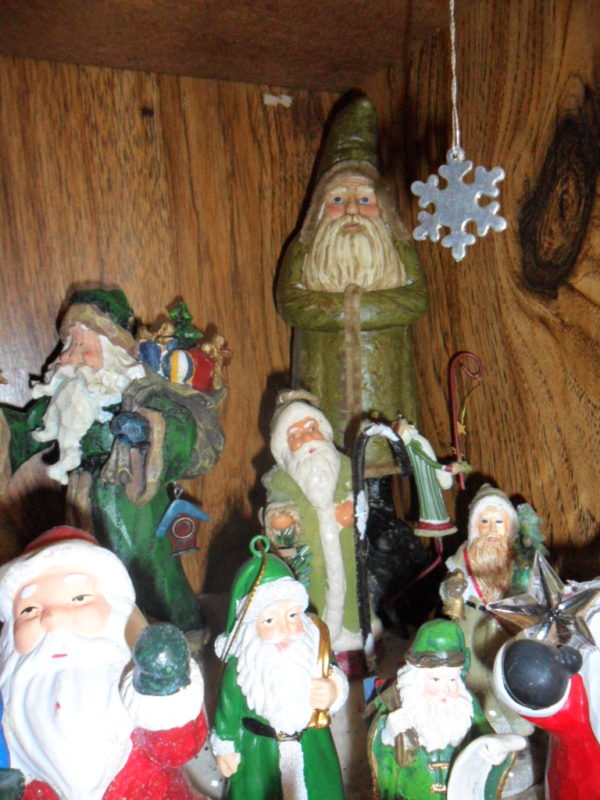
I still make some of those old family favorite cookie recipes at Yule, though my baking repertoire has expanded considerably since then. Thumbprint cookies with strawberry, pineapple, blackberry and apricot jam fillings are a perennial offering, as are my cranberry drop cookies, stuffed with dried cranberries, pecans, coconut and white chocolate chips; solstice triangles, a powdered sugar-crusted flakey pastry with apricot or nutmeat filling; date pinwheel cookies, moist and flavorful; Tanenbaums, a green-tinted shortbread dough molded into a tree-shaped “log”, then sliced and baked, “trimmed” with royal icing garland and ornaments; and staples such as oatmeal Scotchies or chocolate peanut-butter chip. Like my mother, I am way too intimidated by my grandmother’s cutout prowess to attempt to revive her recipe, though I still have some of her cookie cutters.
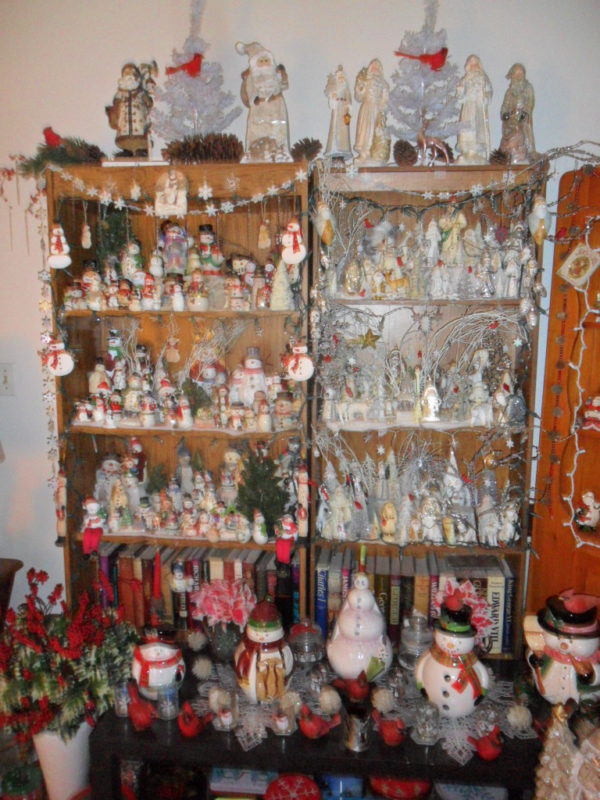
In addition to the ubiquitous cookies, there is always a “showstopper” dessert at Yule. Sometimes a pumpkin or amaretto-and-hazelnut-flavored cheesecake; often a Nutella pumpkin pie (a standard spicy pumpkin pie with a thin layer of hazelnut-chocolate spread next to the crust – yum!); or my patented “Birch de Noel”, a pumpkin-cream cheese roll cut and decorated to look like the classic “Buche de Noel”, but with white icing sporting birch-like dark striping.

Though for myself, as always, it is the decorations which are self-defining, and an ever-changing, ever-present reminder of the season, whichever one it happens to be.
I haven’t done a Christmas tree since adopting cats in 2007 – WAY too much feline temptation there! But there’s no lack of appropriate seasonal decor at which to gape agog. I used to challenge my Yule dinner guests to a Santa count, with a prize for whoever got the closest to the actual number on display, but when that figure passed 300, I suspended the tradition. There was simply no time left to enjoy the feast! So I can’t tell you the exact tally of the Santas who gaze from shelves, tables and desktops, but it’s somewhere north of 500.

As with Halloween, I’ve had to subdivide the collection into themes. Firstly, by color – so there are shelves upon shelves of red Santas of course, but also substantial groupings of burgundy or white Santas, as well as small enclaves of the much rarer green or brown ones.
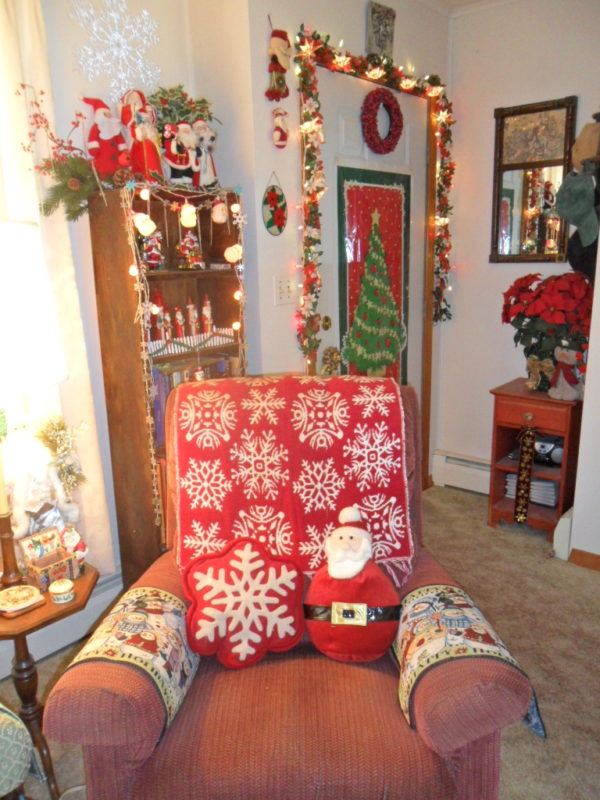
The red Santas are so extensive they require further classification, so I have “specialty” shelves of Santas in sleighs or riding reindeer; Santas on rooftops or climbing down chimneys; Santas who have emerged from the hearth to stand at the mantle; and Santas with lists. One shelf of “standard” Santas is reserved for those who carry wreaths; another showcases Santas with trees.

As much as I enjoy the traditional Santas, it is what I call my “White Yule” collection which I prize the most. This is a three-shelf display incorporating Santas in shades from cream and parchment to purest white, grey and silver, accompanied by white woodland creatures and white or silver trees, set in a snowy landscape of glittered snow batting (the only other color allowed is the occasional pop of red from cardinals). Since these can also be considered “winter wizards” of some sort, I allow this collection to remain on display until late February, whereas the more obviously Christmas elements are packed up after January 15th.

Of course the Santas don’t stand alone! There are legions of snowmen, flocks of cardinals, squadrons of snowflakes and bevvies of berried and flowered plants to supplement them. To say nothing of the Yule Village!
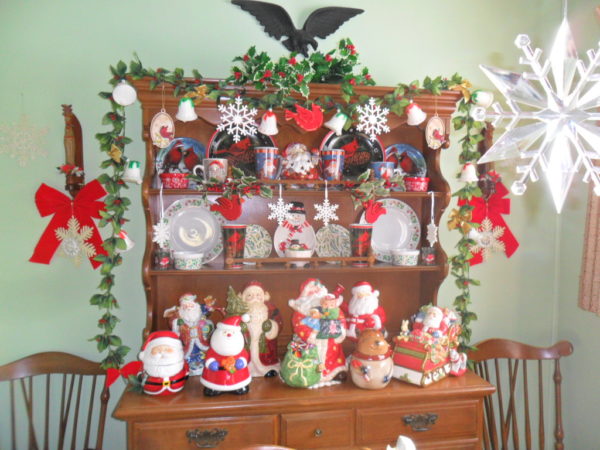
Miller’s Crossing (I had the town sign custom made before I recalled that this name is shared with a ‘90s gangster flick) sprawls over four levels of craft and coffee tables, and boasts 111 residents, not counting animals. A dozen lighted structures in Victorian style are augmented with roads, bridges, street signs and lighting, benches, hedges, shrubs and trees, a pond, a Town Square and full-on Winter Carnival, and a population engaged in every conceivable wintertime activity (except the adult indoor variety – but behind those softly glowing windows, who knows?).

There are skiers, sledders, tobogganers, people making snowmen, stockpiling snowballs for a fight, making snow angels, or shoveling the white stuff off their walks. The town pond is crowded with skaters, ice hockey players, and couples ice dancing. Vendors sell wreaths, pinecones, holly and mistletoe, poinsettias, and toys.

And of course you’ll need a tree – pick one up from the enormous tree lot just outside town, or cut your own in the local park – but please don’t disturb the deer, moose, rabbits or squirrels, and keep a close watch out for those wolves and coyotes! If you’re feeling peckish, check out the hot dog vendor, fruit seller, roast chestnut purveyor, and confectioner, or pick up a plucked goose for your Christmas dinner. Pause from your shopping spree to observe the ice sculptor, listen to carolers or the children’s choir, or take the kiddies to visit Santa Claus (really the mayor decked out in festive St Nick garb).
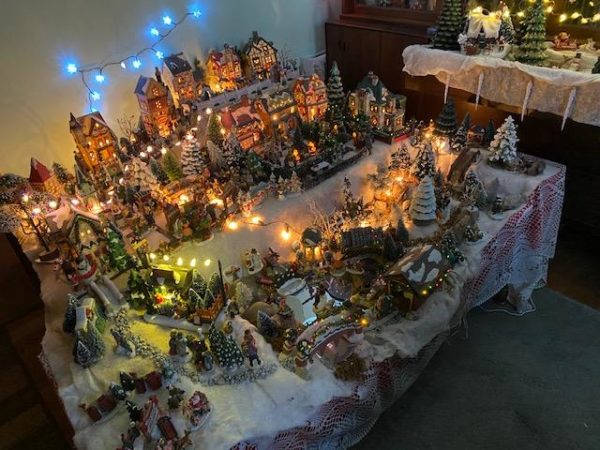
Truly, there’s something for everyone in Miller’s Crossing!

Outside the garden has been put to bed for winter, but typically lacks its snowy blanket until at least January; last year there was no appreciable snowfall all season. But my miniscule winterberry shrubs sparkle brightly with red fruits, and the new hollies are also ablaze with clustered berries. Several varieties of boxwood, false cypress and pine punctuate the brown landscape, and even in mid-December a few rusty burgundy leaves still cling to the hydrangea.

The new leaf shredder was put to good use in late autumn, after the maple had fully shed its golden canopy; the resulting mulch is now spread over the beds of 1200 bulbs waiting patiently to burst into exuberant bloom starting late February. Seeds have been carefully collected from perennials and annuals, most of which I will leave standing until late winter – stark, skeletal reminders of summer glories gone by. Birds will love the remaining seeds on their aerial branches, insects will retreat into snug burrows at their roots, and snow or icicles will glitter on their bare stalks in the wan winter sun.
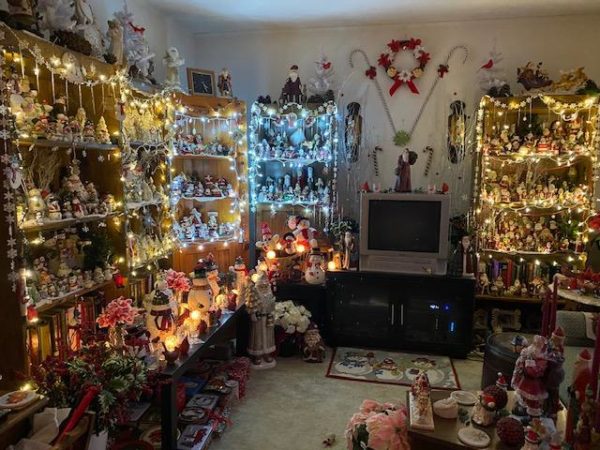
Of the three New Year traditions I celebrate – pagan New Year at the winter solstice, secular New Year on January 1st, and astrological New Year at the spring equinox (four if you count my annual pork dumpling binge for Chinese New Year) – Yule is the one which means the most to me. It is the still point of the ever-turning Wheel of the Year, a time to pause and reflect on what has passed, and what is coming.


7 comments, add yours.
LInda
Wow Alex what a spectacular tour! I adore the dining room display and Miller’s Crossing, pop 111 ( gotta love that number)! Your mastery of Pagan and other older cultures is so impressive. I am glad to see your home decked out in such splendour.
Wishing you a Joyous Solstice!
Carol Ciocco
Your enthusiasm is heartwarming! Thanks for opening your home to all of us and sharing your festive spirit.
edna
Incredible display! Enjoyed your post. Thank you for inviting me.
loel
What is Christmas without 1000 and 1 Santa Clauses? Beautiful, artsy, and fun displays in your home. I always learn something every time I read your blog/articles. Alex, have a Happy Holiday Season for you and yours (along with fur baby cats too!).
Deme Joyce
Amazingly beautiful collection. Thank you for always lifting our spirits. Wishing all good happenings for you and yours in the New Year.
Laurien
So beautiful it brought tears to my eyes, but then I’m a mushy Cancer! I loved the red cardinals and Miller’s Crossing the best. My only wish is that someday you include some closeup photos from the latter. It looks amazing but I kept wanting to hit the zoom button for a closer look! Thank you Alex for inviting us into your home to share yet another incredible holiday display!
Lynn
Lovely to remember our favorites with you Alex. I don’t know your sign, but I am a mushy playful Cancer. You must be a Cancer too with leo ascending that will display your sentimental moon in pieces and collect with the assistance of jupiter in sag and mercury in gemini voice the shower of love from your venus exalted in taurus.
Even if I am just dreaming from afar, you are a joy to observe and your home is wonderful display of Christmas past, present and future.